When the Apollo astronauts returned from the Moon, they brought with them samples of lunar soil (regolith) and rock. The analysis of these samples forever changed our perceptions of how the Earth-Moon system formed and evolved….
Blog
-

Tigris Data raises $25M for its AI-optimized cloud storage service
Tigris Data Inc., the operator of an object storage service optimized for artificial intelligence workloads, has raised $25 million in early-stage funding.
The company said in its announcement of the Series A round today that Spark Capital…
Continue Reading
-

Motorola starts pushing out Android 16 to some of its phones
Back on June 10th, Google released Android 16 for Pixel models. Because so many different companies manufacture Android handsets, Android updates are made available for different phones at…Continue Reading
-

Swiss companies target alternative export markets
Imogen FoulkesBern, Switzerland
 AFP via Getty Images
AFP via Getty ImagesSo far President Karin Keller-Sutter has failed to reduce US tariffs on Swiss goods President Trump’s tariffs have caused shock worldwide, with governments scrambling to find a deal to placate him. Some have managed: the UK got in first, with a sweet deal of just 10%, the European Union crept in behind with 15%.
Still more than they were paying before Mr Trump’s “liberation day”, but less than they had feared.
Spare a thought then for Switzerland, which has been hit with punitive tariffs of 39%, and has so far been unable to persuade the US president to relent. Switzerland is not in the EU, so it can’t benefit from the deal struck by Brussels.
But Switzerland is regularly ranked as the world’s most competitive and innovative economy. It is also one of the biggest investors in the US, creating, Swiss business leaders say, 400,000 jobs. That’s why they find the US strategy not only outrageous, but inexplicable.
“Thirty nine percent tariffs: I was just shocked,” says Jan Atteslander, director of international relations for the Swiss business federation Economiesuisse.
“This is unjustified, you can’t explain why they are so high.”
 Getty Images
Getty ImagesAround 17% of Swiss exports go to the US Since the tariffs (the highest in Europe and the fourth-highest worldwide) were announced on 1 August, the Swiss government has been desperately trying to renegotiate with Washington, to no avail. The US president, it seems, has moved on to other matters.
Around 17% of all Swiss exports go to the US, a market Switzerland cannot afford to lose overnight. Now that the tariffs have come into effect, the once muscular Swiss economy is suffering. Economic growth is shrinking, and job losses in key industries appear inevitable.
Switzerland’s most lucrative exports to the US are pharmaceuticals. Ironically, they are not affected by the 39% tariffs, but might be subject to the 100% tariff on imported medicines that Trump recently threatened. That would be another huge blow.
Another big Swiss exporter to the US is Switzerland’s world-leading medical technology industry.
“It’s precision mechanics, it has its roots in the watchmaking industry,” explains Adrian Hunn, who is managing director of Swiss Medtech, the trade body representing the industry.
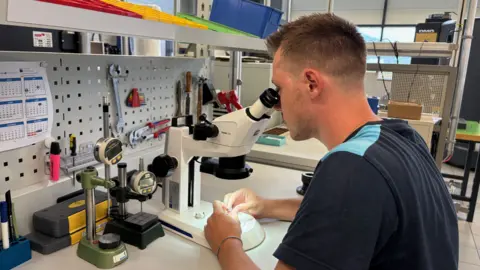 MPS
MPSThe US is an important market for precision instrument firms like MPS The town of Biel, the historic home of Swiss watchmaking, and now the site of medical technology companies, demonstrates why there may be no winners, but only losers, from Washington’s tariff policy.
The company MPS (short for micro precision systems), produces medical instruments from aortic valve replacements to the tiniest of surgical drills, used in hip or knee replacements. Just the kind of things a wealthy country with an ageing, and increasingly overweight population – like the US – needs.
So precise is the production process, that even the machines used to produce the devices are made and specially calibrated locally.
“It’s a very integrated way of working,” explains MPS’s CEO Gilles Robert.
“Measuring equipment, milling tools, cutting liquids. That’s why we call it an ecosystem that we have here in Switzerland.”
Mr Robert’s proudest product is the engine for the world’s only medically-registered artificial heart.
Just 120 of them have been transplanted worldwide. “It’s a pump that will pulse in both sides, to create beating in both chambers, and allow people currently waiting for a transplant, people with terminal heart deficiencies, to keep on living.”
Technology like this is very different from the car industry, where, often, the brakes are made in one country, the windscreen wipers or door handles in another, and everything is assembled in a third.
That’s why Mr Robert is not convinced that Trump’s stated strategy of moving production to the US could work.
“It would be extremely challenging if not impossible to separate the components from the actual product assembly,” he says. “And I think those types of skills would be extremely hard to find in the US.”
 MPS
MPSIt would be “extremely challenging” to move production to the US, says Gilles Robert Trump has said the countries hit with tariffs will “eat them”. So can MPS absorb the 39%?
“They had the best price before the new tariffs came into effect,” says Mr Robert.
“We don’t have the leeway to give a discount to our customers, because the margins are already as low as they can be.”
Instead, says Adrian Hunn of SwissMedTech, “Medical devices will get more expensive for US patients.”
And he adds, probably for US taxpayers as well. “Costs for hospitals and healthcare systems in the US in many cases are funded by public reimbursement programmes, and this means taxpayers bear the burden.”
Perhaps even more worrying for patients, since some high precision medical devices are made only in Switzerland, is the possibility that Swiss companies will stop exporting to the US altogether.
“These are companies that have very good products,” says Jan Atteslander of Economiesuisse. “And they have told us, we just stopped delivering, sorry guys.”
Mr Atteslander and Mr Hunn agree with the Swiss government’s strategy of not retaliating to the US tariffs. Switzerland’s David, the thinking goes, cannot realistically take on America’s Goliath.
But the Swiss are actively chasing other markets. A trade deal with India – “the fastest growing economy on the planet, 1.4 billion potential consumers,” Mr Atteslander points out – came into force on 1 October.
An agreement with South American trade block Mercosur has also just been concluded, Switzerland’s longstanding trade deal with China is being upgraded, and free trade with the EU, the market for 50% of all Swiss export, remains intact.
So although the US tariffs are already damaging the Swiss economy, and some still cling to hope that Trump may change his mind, there is also a quiet confidence that Switzerland will, if it has to, weather this storm.
“To be a successful export nation, you have to have resilience in your DNA,” says Mr Atteslander.
The more long-term damage may be to the traditionally good business relations between the two countries. In Switzerland, there is a real feeling of hurt. The US wasn’t just an important market: the Swiss loved doing business there.
Many thought they had found entrepreneurial soulmates, more oriented to the free market than their more regulated partners in the EU. Now, both Adrian Hunn of SwissMedTech and Gilles Robert of MPS have abandoned that notion – for now at least.
“I lived six years in the US, so I was very close,” says Mr Hunn.
“I have a lot of friends there. So, this, it didn’t change my view of America, but it did change my view, you know, of how the current administration in the US is acting globally, and treating allies.”
“I studied a year in the US,” says Mr Robert.
“It had an impact on me, on my way of looking at the world. How you can take risks, be an entrepreneur, and be positive about the future.”
But, he adds hopefully: “Even though I’m sad about this situation, we will overcome, we’ll find solutions, and I’m sure in the end reason will prevail.”
More Technology of BusinessContinue Reading
-
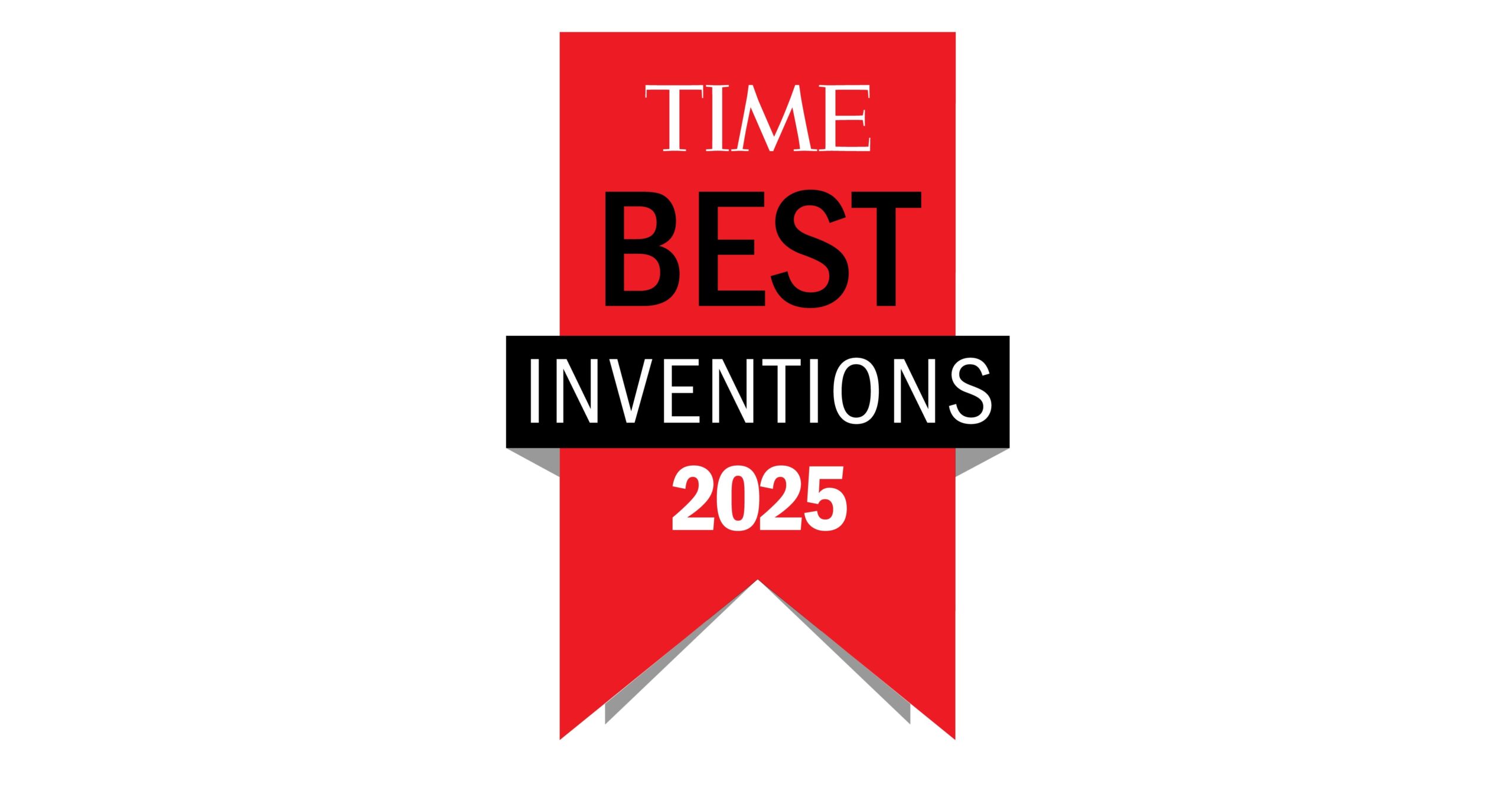
THERABODY’S THERAFACE DEPUFFING WAND AND THERMBACK LED RECOGNIZED ON TIME’S BEST INVENTIONS OF 2025
Dual Recognition Underscores Therabody’s Leadership in Driving the Future of Wellness with Science-Backed, Clinically Proven Innovations
LOS ANGELES, Oct. 9, 2025 /PRNewswire/ — Therabody, the global leader in wellness…
Continue Reading
-
How firms respond to import competition: Labour force reduction, product/industry switching, and off-shoring
As global trade has expanded – especially with the ascent of China – concerns about job losses and deindustrialisation in high-income countries have grown. While many studies document the level of impact of import competition on employment, we know less about how firms adapt. Do they downsize, switch product lines/industries, or reorganise production through offshoring to cushion the blow? In a recet paper (Ito and Matsuura 2025), we address these questions using a uniquely rich panel of Japanese firms spanning 1997–2014, focusing on three margins of adjustment: employment (especially production workers), industry switching, and offshoring (imports of intermediates from Asia). We also ask when these adjustments occur – either immediately or with a lag.
Figure 1 documents a clear rise in Chinese import penetration into Japan from the late 1990s onward, with only a crisis-era pause. Over the same period, Japan’s manufacturing share of employment fell from 20.8% in 1995 to 15.3% in 2015) (Figure 2), providing prima facie evidence of structural pressure.
Figure 1 Import penetration ratio from China
Note: Chinese import penetration is computed as Import from China/Domestic demand, where Domestic demand = Domestic production + Imports from the world – Exports to the word.
Source: Authors’ calculations based on System of National Accounts (Cabinet Office) and JIP database (RIETI).Figure 2 Share of manufacturing employment in Japan
Source: Authors’ computation from the System of National Accounts (Cabinet Office of Japan).
How do firms respond to intensifying import competition from China? Table 1 presents the distribution of firms according to their response patterns. Firms are categorised into four groups based on their reactions. The first group consists of firms that neither reduce employment nor switch industries, labeled “NoAdjust”. The second group includes firms that adjust employment only (“EmplAdjustOnly”), while the third group comprises firms that switch industries only (“IndSwitchOnly”). The fourth group consists of firms that adopt both strategies – employment adjustment and industry switching – labeled “BothEmplSwitch”. Employment adjustment is defined as a reduction of 10% or more in the number of production workers over the previous five years. Industry switching refers to a change in a firm’s primary four-digit industry classification.
To assess the impact of Chinese import competition, we compare firms operating in the top and bottom five industries based on the extent of change in Chinese import penetration. Among all firms shown in column (1), 54% made no adjustments (NoAdjust), 30.5% implemented only employment reductions (EmplAdjustOnly), 9.2% switched industries without adjusting employment (IndSwitchOnly), and 6.3% pursued both strategies (BothEmplSwitch). Columns (2) and (3) present firms in the bottom five and top five industries, respectively, based on the degree of change in Chinese import penetration. In the bottom five industries, shown in column (2), 58% of firms did not implement any adjustments (NoAdjust). While the share of firms engaging in industry switching – either alone or in combination with employment reductions – was low, the proportion of firms implementing only employment adjustments was similar to that observed for all firms. By contrast, in the top five industries, presented in column (3), the share of firms that made no adjustments was lower, at 48%. The proportion of firms that engaged only in industry switching or that strategy in combination with employment reduction was notably higher at 11% and 9.7%, respectively. These patterns suggest that firms exposed to greater import competition from China are more likely to respond with a combination of employment adjustment and industry switching.
Table 1 Firm’s reaction patterns
Source: Authors’ computation from the Basic Survey of Japanese Business Structure and Activities (BSJBSA)and the Census of Manufacture (COM) data of the Ministry of Economy, Trade and Industry (METI).
Econometric analyses using the multinomial logit model demonstrated the following:
- Rising imports have led many firms to reduce their workforce, with production workers experiencing significant losses, in line with the cases shown for the US in Autor et al. (2013) and Acemoglu et al. (2016).
- Firms that engaged in product switching experienced less severe employment losses than those that did not, suggesting that product switching could be an effective coping strategy. This finding resonates with those found in Iacovone et al. (2013) and Miranda et al. (2011), among others.
- Import competition has an immediate effect on the employment of production workers, whereas overall firm-level employment adjustment and product switching tend to occur with a delay of two to three years.
- Offshoring also plays a crucial role in mitigating the adverse effects of import competition. This finding, which complements that in Hayakawa et al. (2021), highlights the importance of offshoring in sustaining employment and suggests that globalisation should not simply be regarded as a factor that reduces job opportunities.
Author’s note: The main research on which this column is based (Ito and Matsuura 2025) first appeared as a Discussion Paper of the Research Institute of Economy, Trade and Industry (RIETI) of Japan.
References
Acemoglu, D, D Autor, D Dorn, G Hanson and B Price (2016), “Import Competition and the Great US Employment Sag of the 2000s”, Journal of Labor Economics 34(1): S142-S198.
Autor, D, D Dorn and G Hanson (2013), “The China Syndrome: Local Labor Market Effect of Import Competition in the United States”, American Economic Review 103(6): 2121-2168.
Hayakawa, K, T Ito and S Urata (2021), “Impacts of Increased Chinese Imports on Japan’s Labor Market”, Japan and the World Economy 59, 101087.
Ito, T and T Matsuura (2025), “Import Competition and Restructuring Strategies: Evidence from Japanese firm-level data”, RIETI Discussion Paper Series 25-E-059
Iacovone, L, F Rauch and L A Winters (2013), “Trade as an engine of creative destruction: Mexican experience with Chinese competition”, Journal of International Economics 89(2): 379–392.
Miranda, V, M-M Badia and I Van Beveren (2012), “Globalization drives strategic product switching,” Review of World Economics 148: 45-72.
Continue Reading
-
Integrating pollution registers for corporate climate-risk assessment
The year 2024 was confirmed by the Copernicus Climate Change Service to be the warmest year on record globally, and the first calendar year that the average global temperature exceeded 1.5°C above its pre-industrial level. As climate change intensifies, the financial and regulatory risks facing businesses are under increasing scrutiny. Governments and financial institutions worldwide are aligning corporate reporting requirements with the recommendations of the Task Force on Climate-related Financial Disclosures.
The EU has taken a decisive step by implementing the Corporate Sustainability Reporting Directive (European Commission 2023), mandating around 50,000 companies, including 10,000 foreign companies, to report on climate-related risks from 2025. While disclosure requirements are becoming more stringent, recent studies suggest that corporate climate disclosure is becoming too costly and often a mere box-ticking exercise, with firms engaging in ‘greenwashing’ or selective reporting of non-material risks (Bingler et al. 2022). This raises a crucial question: how can investors, regulators, and consumers ensure they have a clear, standardised, and comparable understanding of climate risks across industries and geographies at a reasonable cost?
In November 2024, European Commission President Ursula von der Leyen announced the Omnibus Environmental, Social, and Governance (ESG) Regulation to consolidate and simplify corporate sustainability reporting obligations. Our background research and this column recommend a methodology that can support the simplification of reporting, while providing comparable and standardised data and maintaining reporting requirements for a large number of companies without extra burden.
A novel and cost-effective approach to measuring climate risk
In our recent research (Erhart et al. 2025), we propose a comprehensive method for assessing corporate climate risks by integrating data from major pollutant release and transfer registers and greenhouse-gas reporting programmes with satellite observations across 30 countries, including Australia, Canada, the EU, and the US. Our study analyses data from 70,000 industrial firms and their 170,000 facilities, offering an unprecedented large-scale approach to evaluating both transition and physical climate risks required by the Corporate Sustainability Reporting Directive and the related European Sustainability Reporting Standard (Figure 1).
Figure 1 Climate change transition and physical risks covered in our study
Notes: ESRS: European Sustainability Reporting Standard. GHG: greenhouse gas.
Data sources: European Environment Agency, EU Pollutant Release and Transfer Register, US Environmental Protection Agency (EPA), EPA Toxic Release Inventory, Facility Level Information from the EPA Greenhouse Gases Tool (FLIGHT), Canadian National Pollutant Inventory, Australian Clean Energy Regulator, National Greenhouse and Energy Reporting, Canadian Greenhouse Gas Reporting Programme, Australian National Pollutant Release Inventory.Key findings: Climate risks are not uniform
Our research highlights that climate risks manifest differently across industries and locations.
1. Transition risk. Measured through reported greenhouse gas emissions, transition risk is highest for industrial plants in the US. Companies with high emissions may continue to face regulatory and market pressures to decarbonise or risk losing investor confidence in the long run.
2. Physical risk. Assessed via historical data on cooling energy needs (heat risk), flood exposure, and photovoltaic power potential, physical risks are highly location-dependent. For instance, heat risk is more severe for firms in Australia, Southern Europe, and the southern US, while flood exposure is more pronounced in Central Europe and the eastern US (Figures 2 and 3).
Figure 2 Flood exposure (maximum historical water discharge at industrial company sites)
Notes: White bubbles on the map indicate company facilities without historical flood risk, while blue bubbles indicate company facility locations with historical flood risk.
Source: Erhart et al. (2025).Figure 3 Heat risk of industrial company sites in the sample in cooling degree days
Note: Map colour scale: green is the lowest heat risk (in terms of cooling degree days) and red is the highest. 2019 observations were used.
Source: Erhart et al. (2025).3. No strong correlation between transition and physical risks. Unlike common assumptions, our findings indicate that transition and physical risks are not necessarily correlated at the company level. Some firms may have low emissions but face high physical risks due to extreme weather exposure, while others with high emissions may operate in less climate-vulnerable locations.
Figure 4 No strong correlation between transition and physical risks
Notes: Combined figure of Pearson correlation ratios and significance levels (upper right cells), indicator histograms (diagonal cells), pairwise scatter plots of indicators (lower left cells). (a) Heat risk (cooling degree days, cdd). (b) Flood risk, maximum historical water discharge (metres). (c) Photovoltaic potential, long-term average daily total of kilowatt-hour (kWh) from optimally tilted 1kWp panel. (d) greenhouse gas (equivalent in kilogrammes, Co2eqKg). 2019 observations were used for the greenhouse gas emissions.
Source: Erhart et al. (2025).Policy and investment implications
These findings have critical implications for policymakers, investors, and corporate managers.
- Standardising risk disclosure. The lack of correlation between transition and physical risks underscores the need for a more comprehensive risk-assessment framework that captures both dimensions. Current reporting standards should evolve to reflect this complexity.
- Investor strategy and portfolio diversification. Investors need to look beyond headline emissions figures and assess the physical climate risks embedded in their portfolios. Firms with high flood or heat exposure may require additional adaptation investments.
- Corporate risk management. Businesses must develop holistic climate-risk strategies that integrate both mitigation (reducing emissions) and adaptation (enhancing resilience to climate impacts).
A call for better data integration
Our study demonstrates that publicly available pollution registers and satellite observations of physical climate risks offer a valuable, yet underutilised, resource for regular climate-risk assessments. However, these datasets remain fragmented across jurisdictions, limiting their effectiveness for global risk evaluation. We recommend greater international coordination in environmental reporting and data integration to enhance transparency and comparability.
With upcoming regulatory changes, companies, investors, and regulators must adopt more rigorous and data-driven approaches to climate-risk assessment. By leveraging pollution registers and satellite imaging and radar observations, we can gain a clearer and more actionable picture of industrial climate risks, ultimately fostering a more resilient and sustainable global economy.
References
Bingler, J A, M Kraus, M Leippold and N Webersinke (2022), “Cheap talk and cherry-picking: What ClimateBert has to say on corporate climate risk disclosures”, Finance Research Letters 47(Part B).
Copernicus Climate Change Service (2025), Copernicus: 2024 is the first year to exceed 1.5°C above pre-industrial level, Global Climate Highlights 2024.
Erhart, S, S Szabó, and K Erhart (2025), “Integrating pollutant registers for the climate change risk evaluation of industrial companies in Australia, Europe and North America”, Nature Scientific Reports 15(1207).
European Commission (2023), “New rules on corporate sustainability reporting: The Corporate Sustainability Reporting Directive”.
EU (2023), “Regulation of the European Parliament and of the Council of 27 November 2019 on sustainability-related disclosures in the financial services sector”, PE/87/2019/REV/1.
Continue Reading
-
![[International Day of the Girl Child] Samsung Solve for Tomorrow and Samsung Innovation Campus Uplift Girls in STEM – Samsung Global Newsroom](https://afnnews.qaasid.com/wp-content/uploads/2025/10/Samsung-ESG-Citizenship-International-Day-of-the-Girl-Child-SFT-and-SIC-STEM_Thumb728.jpg)
[International Day of the Girl Child] Samsung Solve for Tomorrow and Samsung Innovation Campus Uplift Girls in STEM – Samsung Global Newsroom
Observed annually on October 11, International Day of the Girl Child celebrates girls around the world. Through Solve for Tomorrow and Samsung Innovation Campus (SIC), Samsung Electronics helps young women pursue STEM (science, technology, engineering and mathematics) careers and empowers them to strengthen their communities.
Ahead of this year’s International Day of the Girl Child, Samsung Newsroom highlights the impact of these programs and spotlights young women forging meaningful careers in technology.
India: From Beginner to Hackathon Winner
Growing up in Bangalore, Vaishnavi Kambar had no exposure to coding and never imagined joining a hackathon. After developing her skills at SIC and gaining experience as an intern, she went on to win HackToFuture 3.0. How does someone go from knowing little about programming to claiming victory so quickly? For Kambar, the answer wasn’t a single breakthrough but steady support and collaboration at SIC. There, she advanced her technical abilities and gained the confidence to perform at a high level.
Early in the program, Kambar worried her mentor might grow frustrated with her questions. Instead, she found patience and guidance. She credits this empathy as the foundation that encouraged her to keep learning and to speak up when in doubt.
For Kambar, SIC was a turning point. She learned to present ideas, work in teams and solve problems under pressure — experiences that reshaped how she sees herself. Now, she urges other young women interested in technology or innovation to approach the journey with courage and an open mind.
“Just take the plunge, even if you feel like you don’t belong. I started with no coding knowledge and a biology background,” said Kambar. “At times I felt like an outsider, but I kept going, one step at a time. Each time I pushed through the fear, I grew stronger.”
Armenia: From Learner to Leader
In Armenia, Hasmik Kettsyan discovered SIC as a place to grow. Although she already had coding experience, she often felt isolated in tech settings as the only girl in the room. At SIC, encouragement and trust created an environment where she could apply coding theory to real-world problems — a key step in finding purpose in her work.
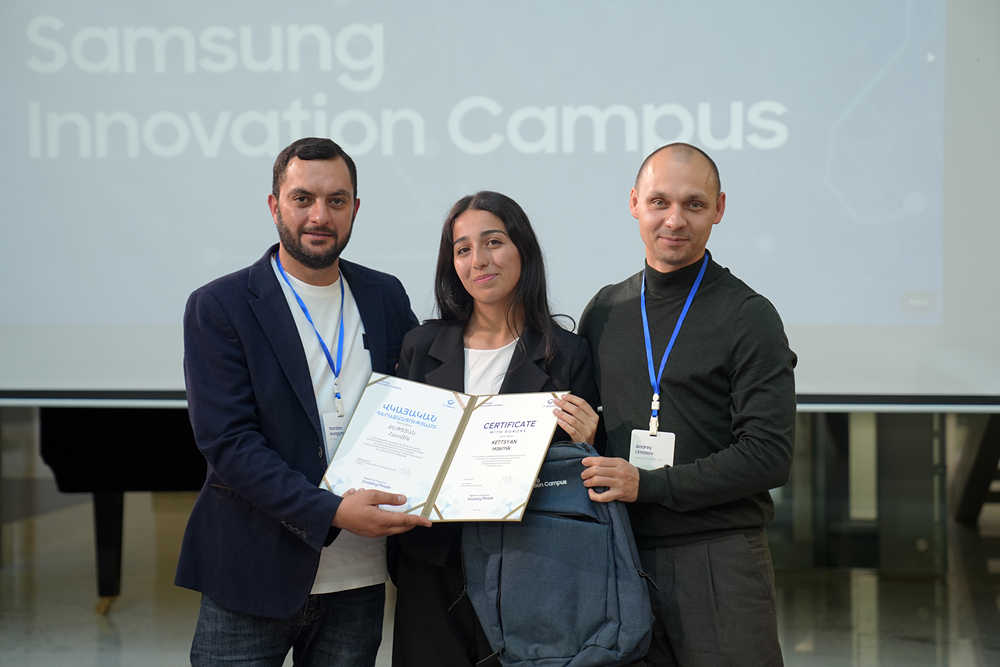
“Different perspectives lead to better solutions, and the field gets stronger when more people are involved,” said Kettsyan, now a tech professional who encourages more young women to enter the field. “Find people who support you and keep pushing yourself. Your ideas matter more than you might realize.”
Inspired by her time at SIC, Kettsyan is now paying it forward. Soon after completing the program, she organized a technology summer camp for younger students in her community and began writing a book on innovation that she hopes to publish. For her, inspiring others has become one of the most rewarding parts of the SIC experience — and it continues to drive her to give back.
China: Learning Through Challenge
Ziyun Xu, a recent graduate of New York University Shanghai, is headed to Yale University to pursue her dream of protecting the environment. As a high school freshman in 2019, she wasn’t sure how to begin research. That changed when she joined Samsung Solve for Tomorrow, where she quickly learned the rigors of the process and advanced rapidly as a young scientist.
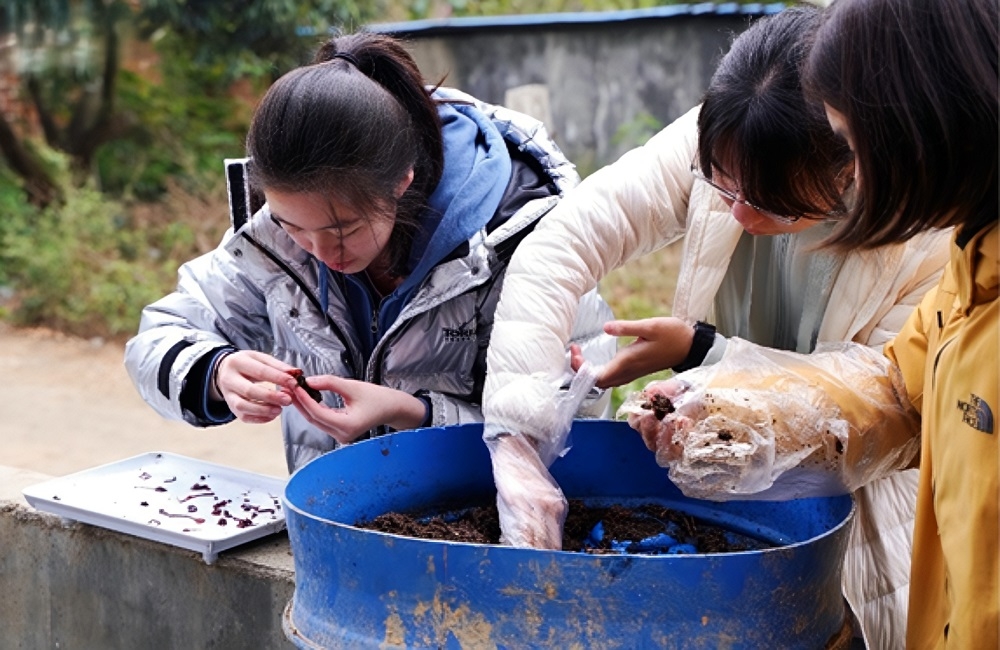
At one point, Xu revised her project seven times in just three days — each requiring a complete rethink of her approach — while also reviewing 280 sources to strengthen her paper. The experience laid the foundation for more advanced work that later took her research beyond the lab.
In Guangxi, Xu and her teammates worked in the countryside to design better-ventilated cattle sheds for local families, improve silage feed and use fermented cow dung to raise earthworms. Although farmers were initially skeptical, they grew to appreciate the team’s efforts. “The owner of the cattle farm sincerely thanked us for everything we had done,” she recalled.

Xu credits Solve for Tomorrow as the stepping stone to her dream, providing girls an outlet to explore science while serving their communities. She has since carried that spirit forward — mentoring younger students and presenting her findings at global conferences. “Every girl should believe that an idea from her youth might change some corner of the world,” she said.
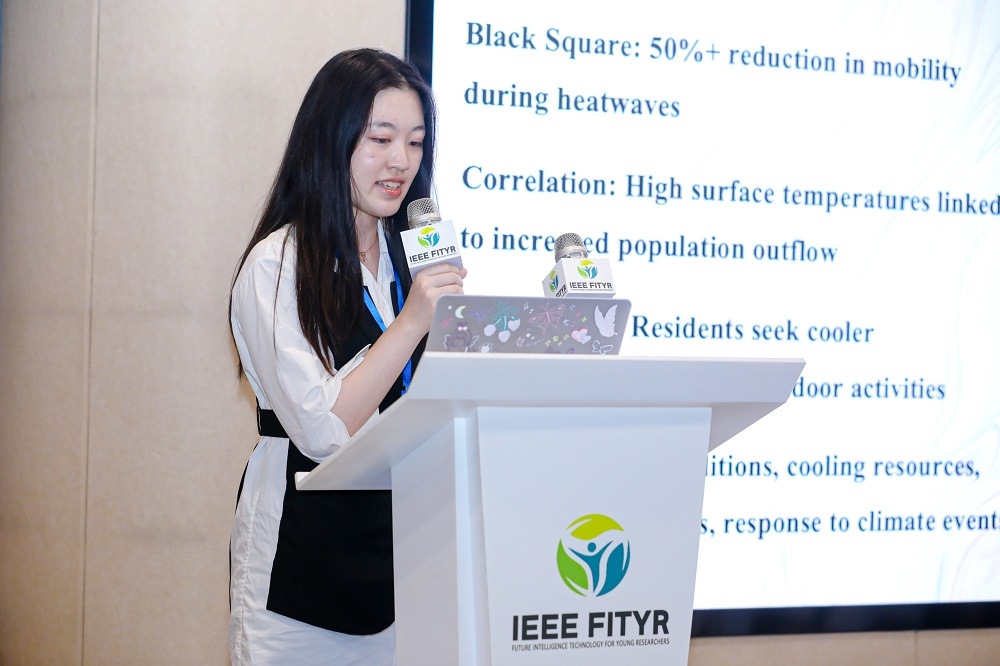
Germany: Expanding Opportunities for Girls in STEM Around the World
For girls interested in STEM careers worldwide, Solve for Tomorrow and SIC have built a legacy of empowerment and community impact. As a global leader in youth education, Samsung also runs initiatives such as Girls’DAI. At the April 2025 event hosted by Samsung Electronics Germany, 36 girls toured the Samsung Space at the company’s headquarters in Eschborn — exploring three levels of AI technology, experiencing Galaxy AI firsthand and learning about responsible and creative uses of AI.

“Our Girls’DAI has shown how much potential lies in the next generation — bold questions, creative ideas and an open view of technology. Anyone who wants to shape AI needs these perspectives,” said Katharina Strohmeier, Project Manager of Corporate Citizenship at Samsung Electronics Germany. “Girls bring these perspectives, and that makes the future smarter, fairer and more diverse.”
Whether by supporting girls to become accomplished researchers or by offering hands-on exposure to the latest technology, Samsung is committed to opening educational opportunities for the next generation worldwide.
Learn more about Samsung’s CSR initiatives in the links below.
Samsung Solve for Tomorrow is a global STEM competition that empowers students to develop creative, real-world solutions to community challenges while building skills, confidence and connections that prepare them to lead and inspire change.
Samsung Innovation Campus is a global education program that equips youth — including underrepresented groups — with advanced IT skills in areas like AI, big data and IoT, along with hands-on training and mentorship to pursue careers, startups and social impact in the digital era.
Continue Reading
-
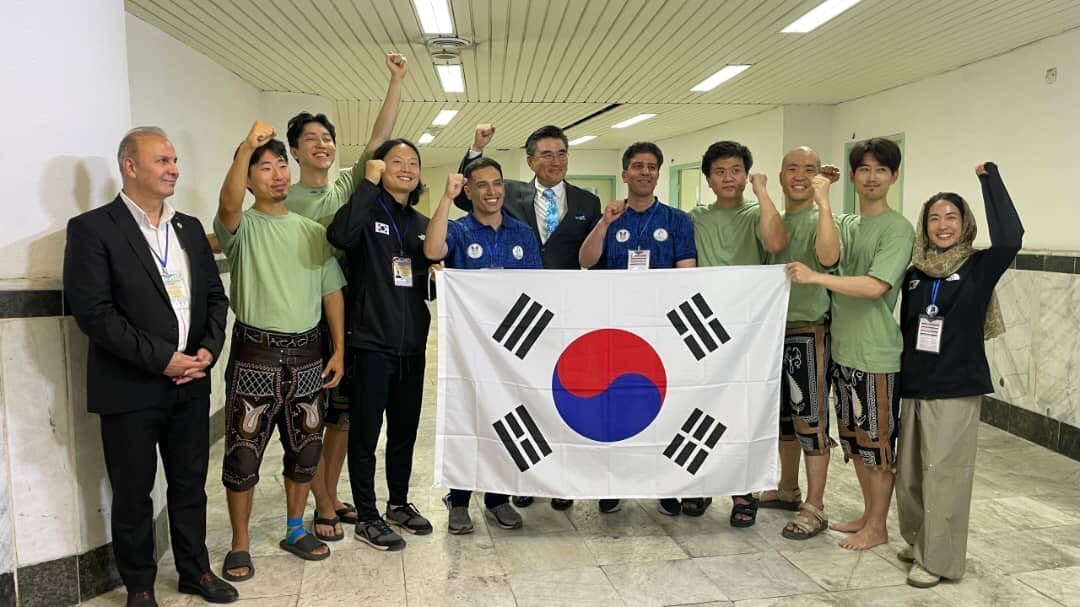
South Korean ambassador attends 7th Asian Championships of Zurkhaneh Sports opening ceremony
URMIA- South Korean Ambassador to Iran, His Excellency Kim Junpyo, participated in the opening ceremony of the seventh Asian Championships of Zurkhaneh Sports and Pahlavani Wrestling (Koshti) on Wednesday.
The ceremony was held in the 6,000-seat…
Continue Reading
-

The Woman in Cabin 10 film review — Keira Knightley stars in a story desperately seeking intrigue
Stay informed with free updates
Simply sign up to the Film myFT Digest — delivered directly to your inbox.
Based on a novel by Ruth Ware, queen of lifestyle whodunits, The Woman in Cabin 10 could have been called The Strange Case of the Missing…
Continue Reading

